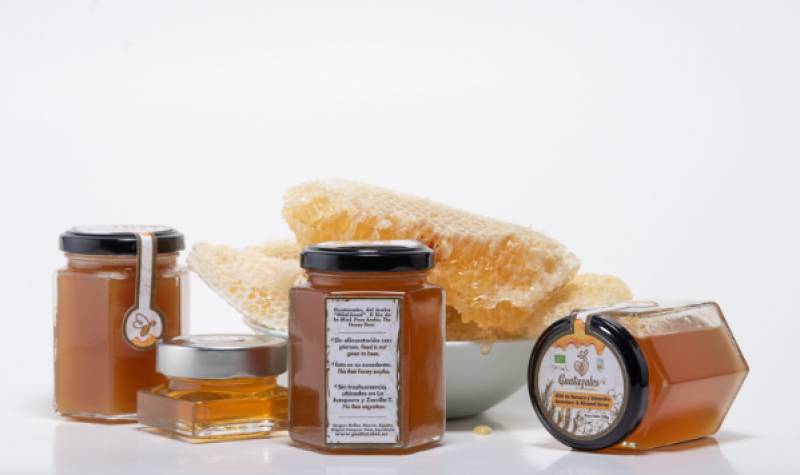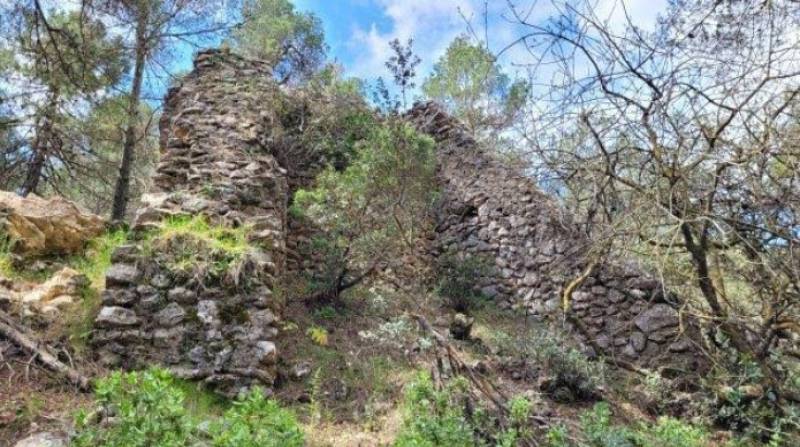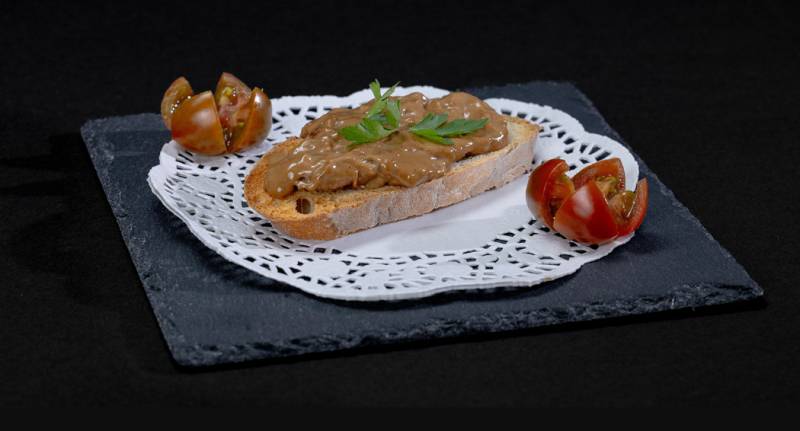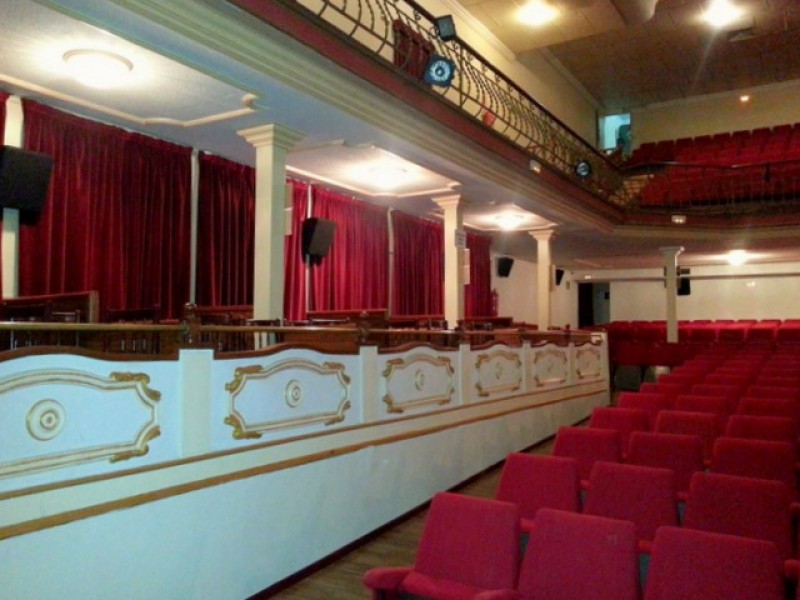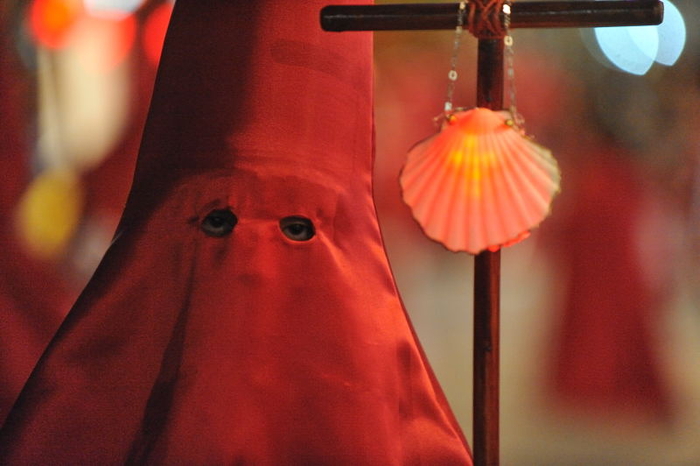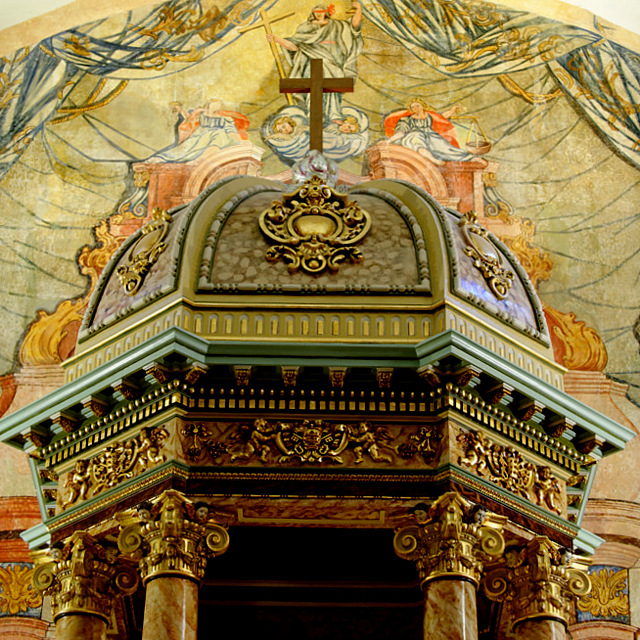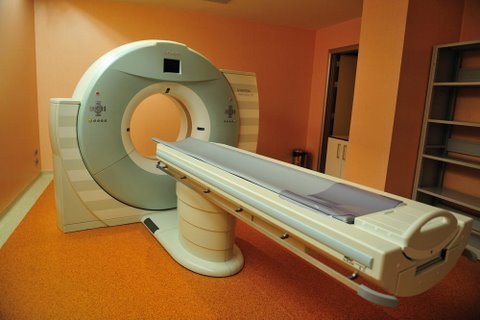- Region
- Águilas
- Alhama de Murcia
- Jumilla
- Lorca
- Los Alcázares
- Mazarrón
- San Javier
-
ALL AREAS & TOWNS
- AREAS
- SOUTH WEST
- MAR MENOR
- MURCIA CITY & CENTRAL
- NORTH & NORTH WEST
- TOWNS
- Abanilla
- Abarán
- Aguilas
- Alamillo
- Alcantarilla
- Aledo
- Alhama de Murcia
- Archena
- Balsicas
- Blanca
- Bolnuevo
- Bullas
- Cañadas del Romero
- Cabo de Palos
- Calasparra
- Camping Bolnuevo
- Campo De Ricote
- Camposol
- Canada De La Lena
- Caravaca de la Cruz
- Cartagena
- Cehegin
- Ceuti
- Cieza
- Condado de Alhama
- Corvera
- Costa Cálida
- Cuevas De Almanzora
- Cuevas de Reyllo
- El Carmoli
- El Mojon
- El Molino (Puerto Lumbreras)
- El Pareton / Cantareros
- El Raso
- El Valle Golf Resort
- Fortuna
- Fuente Alamo
- Hacienda del Alamo Golf Resort
- Hacienda Riquelme Golf Resort
- Isla Plana
- Islas Menores & Mar de Cristal
- Jumilla
- La Azohia
- La Charca
- La Manga Club
- La Manga del Mar Menor
- La Pinilla
- La Puebla
- La Torre
- La Torre Golf Resort
- La Unión
- Las Palas
- Las Ramblas
- Las Ramblas Golf
- Las Torres de Cotillas
- Leiva
- Librilla
- Lo Pagan
- Lo Santiago
- Lorca
- Lorquí
- Los Alcázares
- Los Balcones
- Los Belones
- Los Canovas
- Los Nietos
- Los Perez (Tallante)
- Los Urrutias
- Los Ventorrillos
- Mar De Cristal
- Mar Menor
- Mar Menor Golf Resort
- Mazarrón
- Mazarrón Country Club
- Molina de Segura
- Moratalla
- Mula
- Murcia City
- Murcia Property
- Pareton
- Peraleja Golf Resort
- Perin
- Pilar de la Horadada
- Pinar de Campoverde
- Pinoso
- Playa Honda
- Playa Honda / Playa Paraíso
- Pliego
- Portmán
- Pozo Estrecho
- Puerto de Mazarrón
- Puerto Lumbreras
- Puntas De Calnegre
- Region of Murcia
- Ricote
- Roda Golf Resort
- Roldan
- Roldan and Lo Ferro
- San Javier
- San Pedro del Pinatar
- Santiago de la Ribera
- Sierra Espuña
- Sucina
- Tallante
- Terrazas de la Torre Golf Resort
- Torre Pacheco
- Totana
- What's On Weekly Bulletin
- Yecla


- EDITIONS:
 Spanish News Today
Spanish News Today
 Alicante Today
Alicante Today
 Andalucia Today
Andalucia Today
article_detail
Romería of the Niño de Jesús de Balate in Mula
The story behind the Fiestas de el Niño de Mula
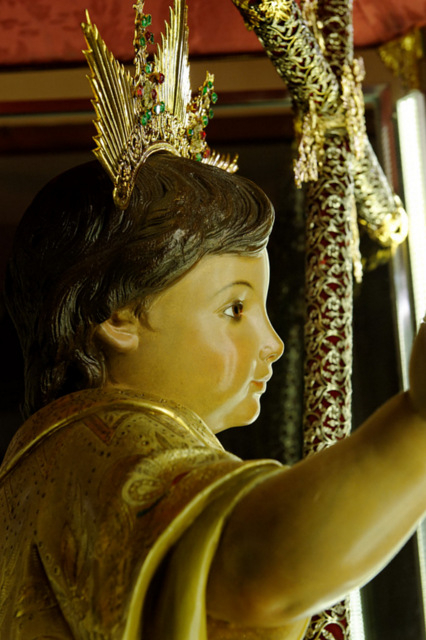 Every year Mula celebrates the Fiestas de El Niño de Mula, with a Romería in two stages: the "bajada", in which the image of the Niño de Mula is carried down from his sanctuary into the town of Mula below on 8th September, and the "subida", in which he is returned to his sanctuary on 22nd September.
Every year Mula celebrates the Fiestas de El Niño de Mula, with a Romería in two stages: the "bajada", in which the image of the Niño de Mula is carried down from his sanctuary into the town of Mula below on 8th September, and the "subida", in which he is returned to his sanctuary on 22nd September.
El Niño de Mula
The name of this outlying district of Mula dates back to the 17th century, when the plague had been widespread throughout Europe for 300 years or so. The poor sanitary conditions of the era and lack of medical knowledge about how the plague was spread (fleas) resulted in a constant ebb and flow of outbreaks of bubonic plague and in the mid-1640s Mula and the surrounding area suffered from a severe and extensive outbreak which decimated the local population and lingered, killing more than 2,000 people, three quarters of the adult population, in a 2-year period.
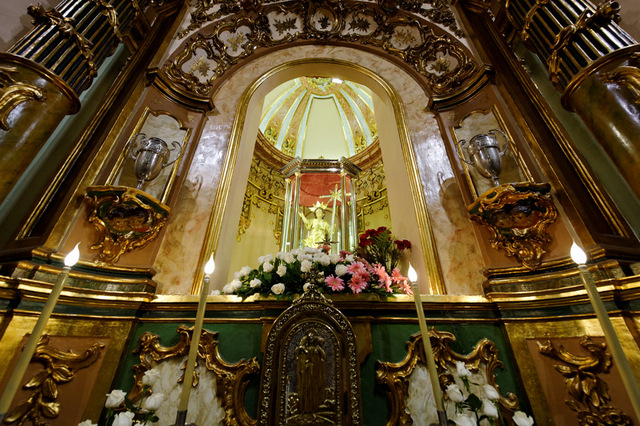 This left the area severely depopulated, fields untilled and communities bereft of important individuals with valuable skills and trades. It also led to food shortages in the cities, and in many parts of Europe to social unrest and uprisings against the nobility, who still demanded their taxes.
This left the area severely depopulated, fields untilled and communities bereft of important individuals with valuable skills and trades. It also led to food shortages in the cities, and in many parts of Europe to social unrest and uprisings against the nobility, who still demanded their taxes.
The legend of El Niño de Mula is documented by the Franciscan monk and historian, Fray Pablo Manuel Ortega, who recounts that this area was owned by the Botía family, one of whom was Pedro Botía, a shepherd, who prayed for deliverance from this terrible plague.
Both of his parents had died from the plague, and on 21st September 1648 his prayers were answered: he was praying while tending his flock when he opened his eyes and saw before him a young boy in the area known as Campo de Albalat, or Campo de Balate.
He asked who the stranger was. "I am Jesus", he replied, "Jesus of Balate, take my cross and follow me", and he disappeared.
Immediately, episodes of plague in the area ceased and Pedro Botía took the decision to become a monk in the nearby monastery of La Encarnación.
Years later, while on a pilgrimage, he had a second vision when he saw a wooden carving of Jesus, and told his story of the apparition, saying the carving was the face of the young boy he had seen. From then on his fame grew and he became known as Fray Pedro de Jesús. In 1694 his family built a small chapel at the spot where the young boy had appeared, and slowly the village became a place of pilgrimage, becoming known as El Niño de Mula, the little boy of Mula.
There is a spot of poetic licence in the dates given, as it is known that the plague had abated and that the town of Mula had been declared free of plague in July of that year, and although the 21st is given as the date of the celebration of El Niño de Mula, there is no documentary evidence which points specifically to this date. Locals have asserted that the dates on which this celebration take place are more likely to be conveniently linked to those of the grape harvest, which is usually completed around this time and offers the opportunity for a relaxed and enjoyable day of thanksgiving and neighbourly socialising, life in 17th century Mula being dictated by the season and the agricultural work each stage of food production demanded.
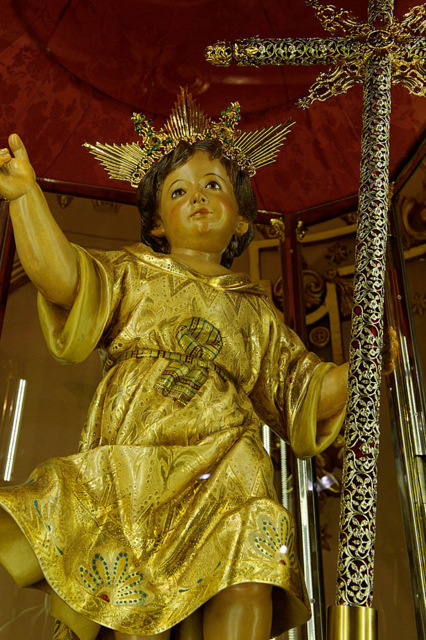 By the end of the 17th century the little sanctuary had begun to attract a good number of devotees, fuelled by the presence of Fray Pedro de Jesús, who was still living in the monastery of La Encarnación and had become somewhat of a local celebrity.
By the end of the 17th century the little sanctuary had begun to attract a good number of devotees, fuelled by the presence of Fray Pedro de Jesús, who was still living in the monastery of La Encarnación and had become somewhat of a local celebrity.
The original sculpture of El Niño was sent to Queen María Luisa in 1707 but was not returned to the convent, and it is believed that it may have perished altogether in a fire in 1734. Fray Pedro himself died in 1717.
Following his death, the number of visitors to the sanctuary began to decline, so in 1733 locals formed a cofradía (brotherhood) to care for the sanctuary and perpetuate the legend of the appearance of Jesus in Mula.
In 1780, work began to build the existing sanctuary, with a replacement image of El Niño already carrying out the annual journey between the convent and the sanctuary with a multitude of devotees, armed and uniformed soldiers in escort and an air of festivity celebrating a religious act of popular devotion.
The sculpture of the Niño which sallies forth today is by Valencian sculptor, José Ponsoda Bravo, and was made in 1940, the 18th century Niño having been destroyed during the Civil War. It is generally given to be a very close representation of the 18th century Niño.
The Romería of the Niño de Jesús de Balate de Mula
{image4}It takes around 3 hours for the journey from El Niño de Mula to Mula, a distance of about 3km, with many stops en route. The bajada is a much smaller event, the súbida being attended by thousands of people. As is the custom with romerías this is a day of conviviencia, a day on which families gather to enjoy a sociable yet emotional occasion. On arrival at the sanctuary in Mula, Mass is held before participants disperse into family groups to enjoy picnics, rice and barbecues in the area surrounding the sanctuary. There is a large restaurant which serves excellent lunches right next to the chapel.
8th September: Romería de Bajada. The Niño leaves the Santuario de El Niño de Balate (the church in El Niño de Mula) at around 5pm and is carried down to the Monastery of Las Clarisas in the town of Mula.
11th September: The Niño is carried in procession to the parish church of Santo Domingo de Guzmán.
21st September: Procession with the Niño to the Monastery of La Encarnación.
22nd September: Romería de Subida, the return of the Niño to his sanctuary. Mass is held at 8am and the romería leaves at 9am.
article_detail
Contact Murcia Today: Editorial 000 000 000 /
Office 000 000 000

